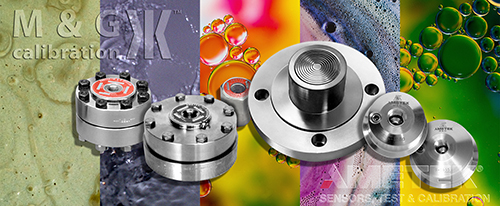Replacing aging or broken sensing equipment is one of the major challenges users face with their pressure measurement. Whether it’s a pressure gauge, pressure transducer, pressure switch, or a pressure transmitter, many users find that they require replacement long before the instrument should wear out. These replacements are both time-consuming and costly for the operator. In many of these cases, the addition of a diaphragm seal could fix early replacement issues and add years of life to instrumentation.
 A diaphragm seal (commonly referred to as a chemical seal) separates and protects a pressure sensing instrument from the process media. One of the most common uses is when separating the sensing element from a corrosive or caustic process media. If allowed to come into direct contact with the sensing element of a gauge, the corrosive media would damage the unit. Adding the diagram seal protects the gauge and significantly extends its life cycle.
A diaphragm seal (commonly referred to as a chemical seal) separates and protects a pressure sensing instrument from the process media. One of the most common uses is when separating the sensing element from a corrosive or caustic process media. If allowed to come into direct contact with the sensing element of a gauge, the corrosive media would damage the unit. Adding the diagram seal protects the gauge and significantly extends its life cycle.
AMETEK STC has a solution in its M&G line of reliable diaphragm seals. M&G seals are available in a variety of materials, including Hastelloy C276, Inconel 600, Monel 400, and Titanium, giving them a solution to fit almost any application. Their seals combine the latest technology of material compatibility and many years of practical expertise in designing solutions to meet the most demanding process environments.
The initial investment of a diaphragm seal may be recovered by reducing production downtime, extending the service life of instrumentation, lowering the cost of repetitive instrument installation, and reducing or eliminating maintenance costs.
AMETEK Sensors, Test & Calibration
www.ametekusg.com
www.ametekcalibration.com
Filed Under: Sensors & Gauges